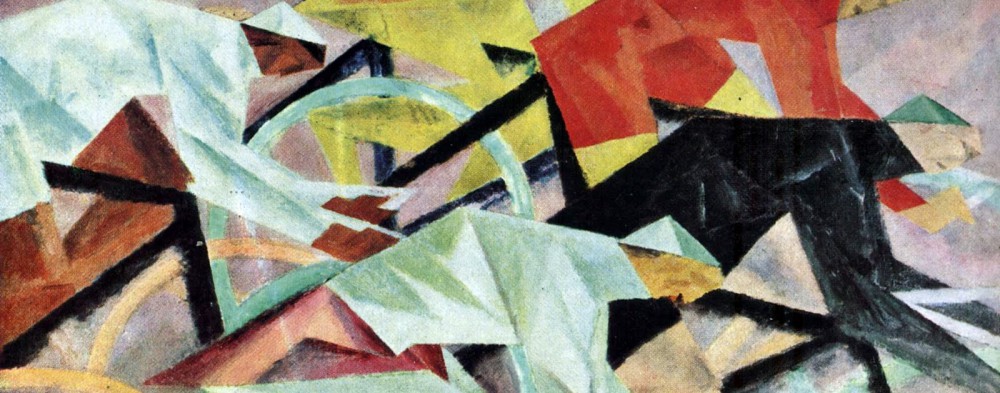In the lead-up to the Christmas break, I thought I was in the best winter shape of my life. An erratic autumn schedule and weather pattern had resulted in some clunky form, ongoing aches and pains, and the like. But I put in some good hours on the bike from Thanksgiving until a few days before the 25th. My shape was evident in the decent times I was doing, some stronger sessions on the indoor trainer when I had to use it, and most of all how I felt. My quads, which had been aching more than usual since September, started aching less and putting out more hard power, and my stamina seemed to be better after long rides. The one fly in the ointment was my weight, which hung in the 211 pound range. I’d have preferred to see it more like 208.
Then came the Christmas break. In Cheshire, CT, I usually don’t do many reps of anything but the Fork Lift (plate to mouth) or the Glass Raise (elevate, move to lips, tilt, repeat). I often go with Henry when he walks Charlie rather briskly, but that’s about it. After a few days of such blissful luxury my muscles and joints have definite reactions. Some muscles cramp randomly. Some joints ache, and when the ache is in the knee it sometimes extends down the shin. Random pains come and go. My back and legs tighten, so that sudden movements can result in pulled muscles. Several hours of relatively little movement in the car may exacerbate any of these. And at the same time that all this is going on, I am gaining weight, despite my best efforts. I know I’m in trouble when the bevy of post-holiday TV ads for weight reduction schemes leave me vaguely guilty and, worse, slightly interested.
This time our first couple of days back from Christmas in Connecticut were chilly and blustery. I still feel able to cherry-pick my riding days pretty much, since we are getting recurrent warm spells. So on Wednesday and Thursday I rode inside, especially since such a strategy would ease my body back into an active routine. I chose to inspire myself by watching sports activity while riding, not DVD Tour de France but DVD baseball. [It is the 5th game of the 2007 ALCS. The Indians are up 3 games to 1 on the Sox. Playing in Cleveland, they hope to clinch the series at home. I remember telling an Indian-fan student at the time “you better hope they win it tonight, because they do not want to try to win it in Fenway Park.” I watch now with sheer pleasure, knowing that as C. C. Sabathia takes the mound the Indians have won their last game of the season already, that they aren’t going to clinch it on any one of the next three game nights, that the Sox are about to begin a 7-game winning streak. Summer fun for winter exercise.]
The power of exercise shows itself. In 45-minute workouts on my two consecutive days, I hit almost exactly the same numbers for “distance” (10.1 miles) and calories burned (643). But on Tuesday my average heart rate is 128 and on Wednesday it is 123. Tuesday’s work conditioned my body to be significantly more efficient the next day.
But today I took the next step: the outdoor ride. With weather in the high 40°s and a light southerly wind, I headed the Fuji out toward Herndon. I was trying to take it calmly, but also to push myself a bit. The cool but not bitter air felt good in my lungs, the sun was out enough to make its warmth evident. By the time I cleared Vienna heading westward I heard the old siren call from Hunter Station Road. I felt great; the weather felt great; I hadn’t attempted this steep climb in months. So at the Hunter Mill Road crossing I veered slightly left, passed the small car park between Hunter Station and the Trail, and headed for the foot of the hill. I noted with approval that the road had been resurfaced. There’s enough to worry about on the climb without wondering if I’ll hit a pothole or a patch of loose pavement. I didn’t exactly glide upward, but I wasn’t having to fight the surfacing. It was exhilarating to make it to the top, even if I was lugging about 10 too many pounds on me, as well as 15 more on the heavy bike than I would have on the Trek. My quads ached a little but were not burning; I was pushing the pace. And going down Sunset Valley Road I hit 32 mph on my way back to the Trail.
The rest of the ride was a joy, and I am confident my shape made another quantum leap. When things are going well, good form begets better form.
©Arnold J. Bradford, 2011.


